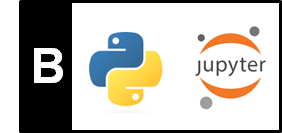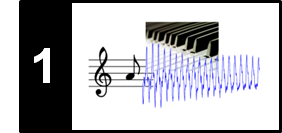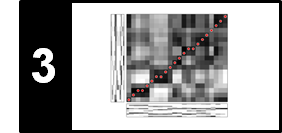The notebooks of Part B serve different purposes. First, these notebooks describe the main tools used for developing the FMP notebooks. Second, they give short introductions of the relevant technical concepts while providing links to more detailed tutorials. Third, the notebooks give examples for best practices for generating and using code, figures, and sound elements.
Note: The notebooks of the Part B do not have to be read in the order they are specified. The B-part notebooks serve as a documentation and reference of overarching aspects that concern the FMP notebooks of the subsequent parts.
Overview¶
| Topic | Description | HTML | IPYNB |
| Get Started | Explanation on how to install and use the FMP notebooks | [html] | [ipynb] |
| Installation | Installation of Python (as specified in environment.yml) using Conda |
[html] | [ipynb] |
| Jupyter Notebook | Usage of Jupyter notebook framework | [html] | [ipynb] |
| Python Basics | Introduction of basic data types, control structures, and functions | [html] | [ipynb] |
| Python Style Guide | Recommendations for programming style | [html] | [ipynb] |
| Multimedia | Integration of multimedia objects (images, audio, video files) into notebooks | [html] | [ipynb] |
| Python Visualization | Generation of figures and images | [html] | [ipynb] |
| Python Audio | Reading and writing audio files | [html] | [ipynb] |
| Numba | Acceleration of Python functions via JIT compilation | [html] | [ipynb] |
| Annotation Visualization | Visualization of annotations (single value, segments) | [html] | [ipynb] |
| Sonification | Sonification methods for time positions, F0 trajectories, and chromagrams | [html] | [ipynb] |
| libfmp | Library of FMP-specific Python functions | [html] | [ipynb] |
| MIR Resources | Links to resources that are useful for MIR | [html] | [ipynb] |











